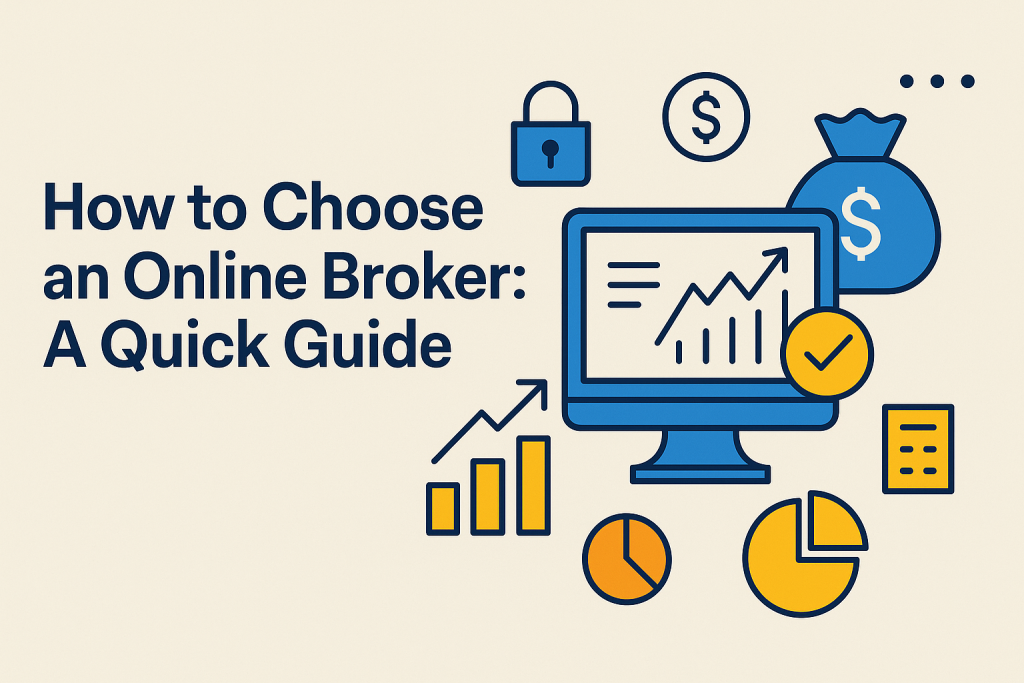If you’re new to investing, you’ve probably heard of stocks and bonds—but what’s the difference between them, and how do they fit into a smart investment strategy? Understanding the basics of these two key investment types is essential for building a diversified portfolio. In this beginner investing guide, we’ll break down the differences between stocks vs bonds, their risks and rewards, and how to choose the right mix for your goals.
What Are Stocks?
Stocks represent ownership in a company. When you buy a stock, you’re purchasing a small piece of that company—called a share. As the company grows and becomes more profitable, the value of your stock may increase. Stocks can also pay dividends, which are a portion of the company’s profits shared with shareholders.
Pros of Stocks
- Potential for higher returns over the long term
- Ownership in companies you believe in
- Opportunity to earn dividends in addition to price growth
Cons of Stocks
- Prices can fluctuate significantly, leading to potential losses
- Higher risk compared to bonds, especially in volatile markets
What Are Bonds?
Bonds are a type of loan that you give to a company or government. When you buy a bond, you’re essentially lending money, and in return, you receive regular interest payments (called coupon payments) and the return of your principal at the end of the bond’s term.
Pros of Bonds
- Provide stable, predictable income through interest payments
- Lower risk than stocks, making them a safer option for conservative investors
- Useful for preserving capital and reducing portfolio volatility
Cons of Bonds
- Typically offer lower returns than stocks
- Interest rate changes can affect bond prices
- Inflation can erode purchasing power over time
Stocks vs Bonds: Key Differences
| Feature | Stocks | Bonds |
|---|---|---|
| Ownership | Yes, partial ownership in a company | No, you’re a lender to a company or government |
| Returns | Potential for higher growth, plus dividends | Steady interest payments, lower growth potential |
| Risk Level | Higher risk, more price volatility | Lower risk, more stable returns |
| Income Type | Dividends (if paid) | Fixed interest (coupon payments) |
How to Choose: A Beginner Investing Guide
Consider Your Risk Tolerance
Stocks are generally better for long-term growth, but they come with more risk. Bonds offer stability but may not keep up with inflation over time. Understanding your comfort with risk is key to choosing the right mix.
Think About Your Goals and Timeline
If you’re saving for a long-term goal like retirement, you may want a higher proportion of stocks for growth. If you’re closer to needing the money, bonds can help preserve your capital.
Diversify Your Portfolio
A smart investing strategy combines both stocks and bonds. Diversification helps balance risk and reward, protecting your portfolio during market swings.
Final Thoughts
Understanding the differences between stocks vs bonds is a key part of building a solid investment plan. By learning about these investment types and applying the principles from this beginner investing guide, you can make informed decisions that align with your goals and risk tolerance. Remember, investing is a journey—start with the basics, stay consistent, and adjust as you learn and grow.


